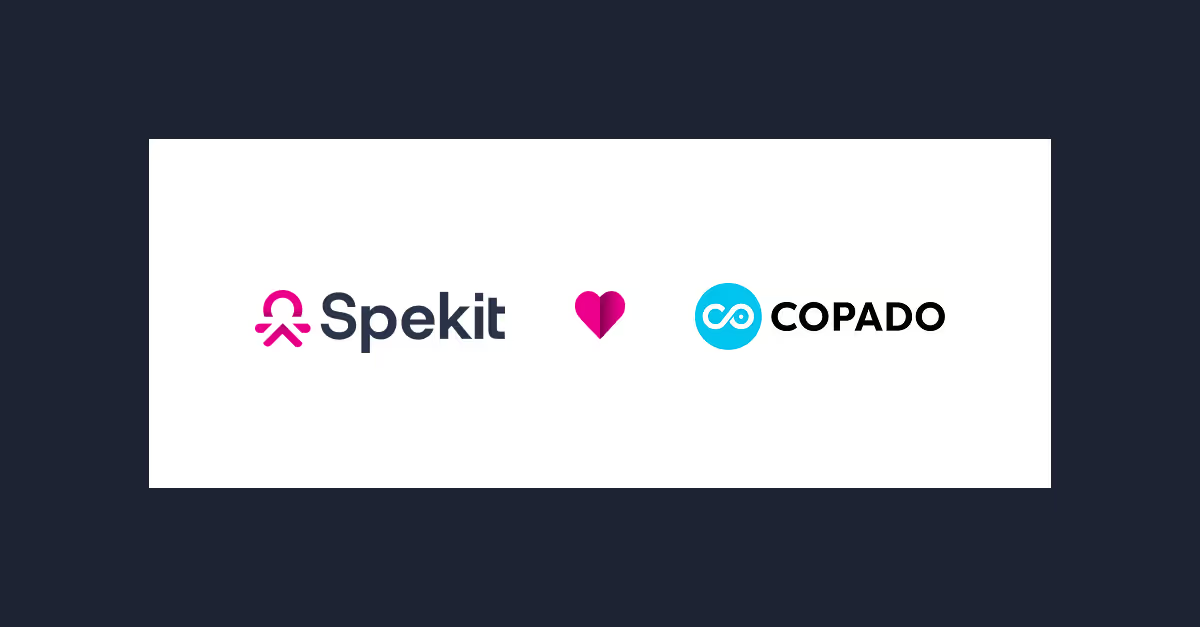The problem
Copado is an end-to-end native DevOps solution that unites admins, architects and developers on one platform. The engineering teams at Copado use Salesforce regularly to manage the development process.
Before Spekit, the enablement team relied on Google Sites and PDFs to communicate process changes and training. And while the content was organized in Google folders, it wasn't easy for engineers and developers with different processes and priorities to surface relevant content quickly. The time spent searching for the content they needed was taking employees away from their primary goals.
The pain points of system training and onboarding new hires were only exaggerated with the transition to a remote workforce amidst the pandemic. The Copado team had plans to grow rapidly and globally. Their goal was to shorten onboarding to less than 90 days. Sanjay Gidwani, COO at Copado, knew their current system wouldn’t allow them to hit that goal. The team needed a better solution that would allow remote employees to easily access the training content they needed, when and where they needed it.
Once the team rolled out Spekit, they were up to the challenge.



